Has Bitcoin price finally broken out of its 4-year cyclical pattern, or has this bull market already run dry? By studying historical growth rates, liquidity data, and macroeconomic correlations, we can better understand whether the current cycle has truly diverged and what that means for investors in the coming months.
Bitcoin price cycle period
Analyzing BTC's growth since the cycle low shows that Bitcoin has officially exceeded the elapsed time between cycle low and cycle high seen in previous bull markets. The 2018-2022 cycle peaked 1,059 days after the previous bear market low, and the current cycle is currently beyond that period. Averaging the elapsed time of the last two complete market cycles, Bitcoin has already exceeded its historical average and is on track to exceed even the 2017 cycle length in the coming days.
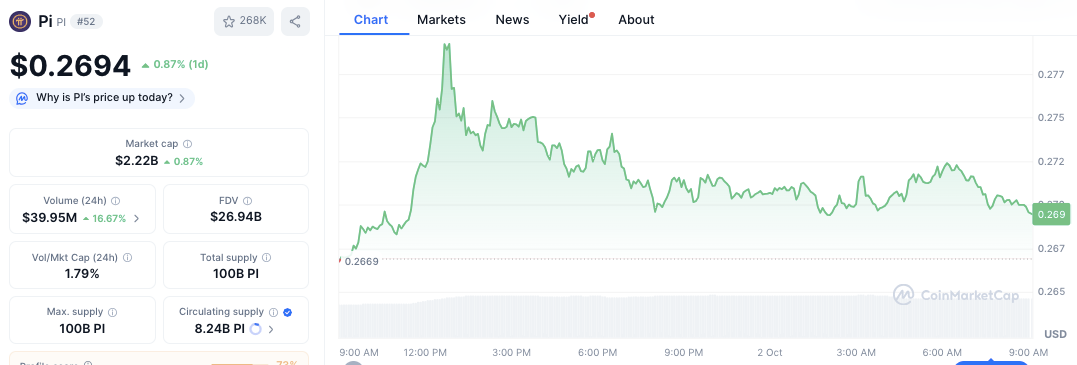
Figure 1: BTC growth since the cycle low shows that the current cycle is longer in duration than the previous two 4-year cycles. View live charts
Reduced impact on Bitcoin price
Historically, Bitcoin’s four-year cycle was rooted in a halving event where the block reward, and thus the inflation rate, was halved. Each halving triggered a sharp supply shock that drove a major bull market. However, this cycle works differently. After the most recent halving, Bitcoin experienced five months of flat consolidation, rather than the explosive post-halving gains seen in the past. Since then, prices have risen markedly, but the momentum has slowed, leading many to question whether the halving has lost its influence.
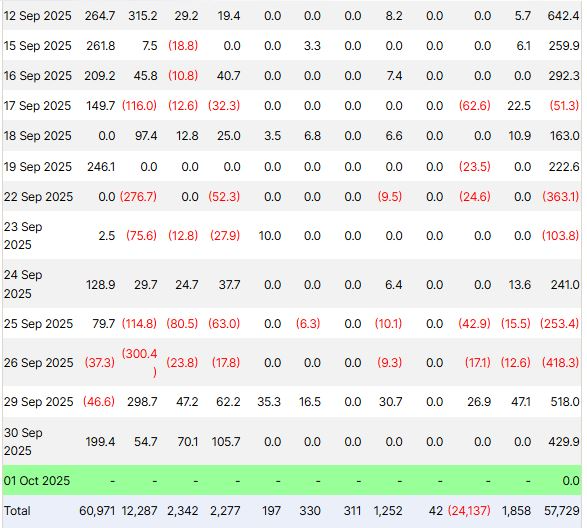
Figure 2: Decreasing Bitcoin Circulating Supply and the Impact of Marginal Inflation. View live charts
With the current circulating supply already exceeding 95% of Bitcoin's final total supply of 21 million, the decline in marginal supply may no longer be as significant. Currently, miners are distributing approximately 450 newly created BTC per day, but this amount is easily absorbed by a small number of institutional investors or ETFs. This means that the halving may no longer be the only major driver of Bitcoin's market cycle.
Global liquidity cycle drives Bitcoin price
Looking at global M2 money supply and BTC year over year, a clear pattern emerges. Each of the major Bitcoin bottoms coincides almost perfectly with the global M2 liquidity growth trough.
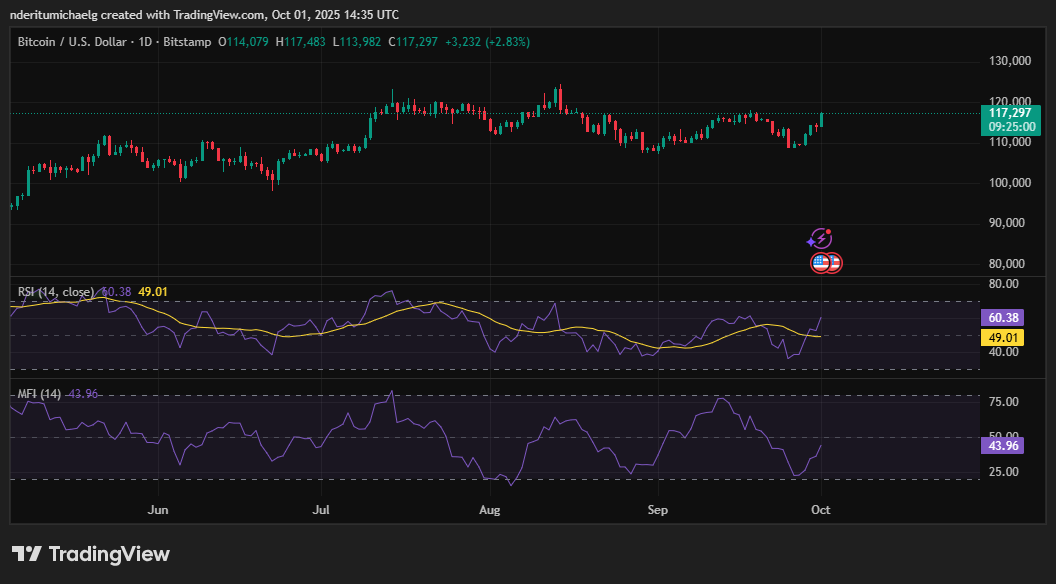
Figure 3: Global M2 vs. BTC (YoY) has historically been a near-perfect match. View live charts
Mapping Bitcoin's halvings and M2 troughs side by side reveals that halvings typically lag behind liquidity cycles, suggesting that liquidity expansion, rather than halving events, may be the real catalyst for Bitcoin's rise. This is not limited to Bitcoin. Gold has had the same behavior for decades, and its price performance closely reflects the rate of expansion or contraction of global M2.
Inverse correlation forming Bitcoin price trend
A key part of this liquidity story lies in the USD Strength Index (DXY). Historically, BTC and DXY year-over-year changes have been almost perfectly inversely correlated. When the dollar appreciates year over year, Bitcoin tends to enter a bear market. When the dollar weakens, Bitcoin begins a new bull market. This inverse relationship also holds true for gold and stock markets, underscoring the theory of a broader deterioration cycle in which real assets rapidly appreciate in value as fiat currencies lose their purchasing power.
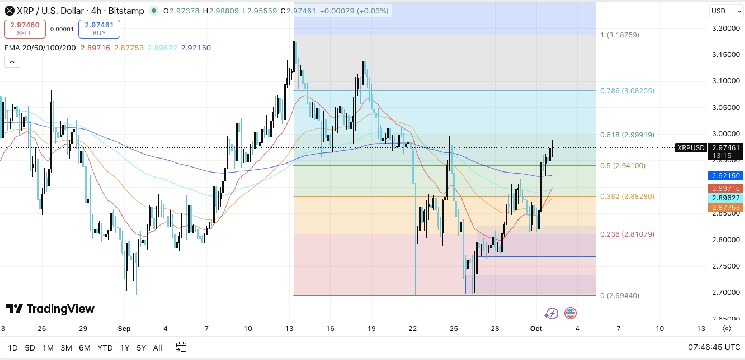
Figure 4: BTC vs. DXY (YoY) and strong inverse correlation with major market turns. View live charts
Currently, DXY is on a short-term uptrend, coinciding with Bitcoin's recent consolidation. However, the index is currently approaching a historically important resistance zone. This resistance zone previously marked a major reversal and preceded a prolonged decline in DXY. If this pattern holds, the next big drop in the dollar strength could trigger another upcycle for Bitcoin.
Quantitative tightening and Bitcoin price
Recent comments from Federal Reserve Chairman Jerome Powell suggested that the era of balance sheet shrinkage (quantitative tightening) may be nearing an end. Looking at the Fed's balance sheet versus BTC, balance sheet expansion and the start of new quantitative easing have historically coincided with significant gains in the Bitcoin and stock markets.
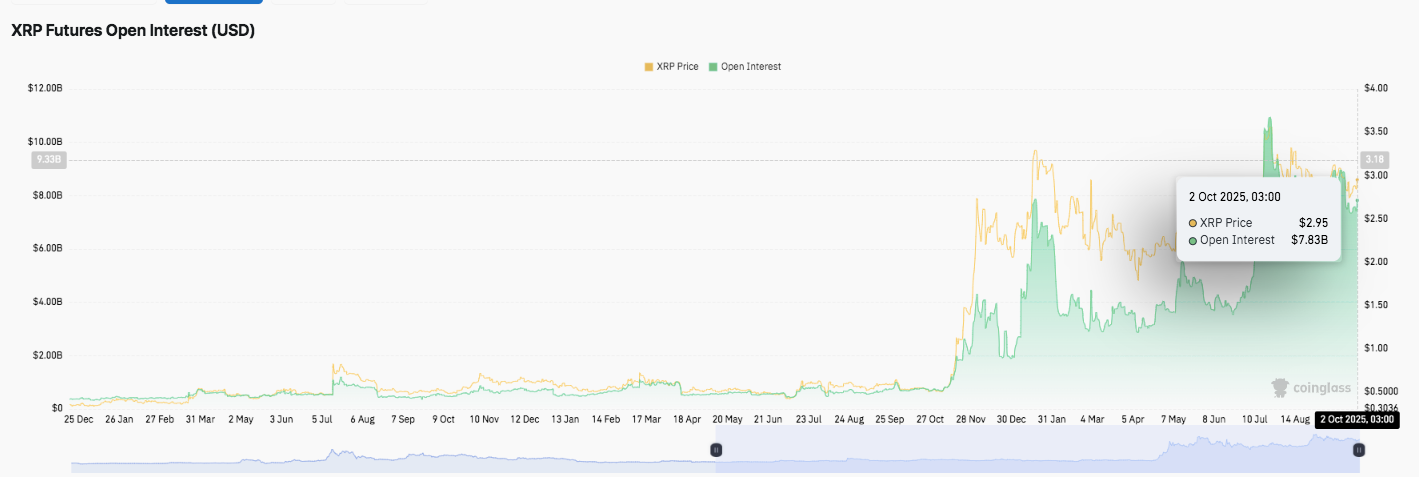
Figure 5: Fed balance sheet inflection points have historically coincided with the expansion of Bitcoin bull cycles. View live charts
In the two years following the last Fed balance sheet expansion, the S&P 500 returned an average of 47%, more than five times its average performance in the neutral two-year period. If we are indeed entering a new easing phase, it could not only prolong Bitcoin's current cycle but also set the stage for a liquidity-driven crash across risk assets.
Conclusion: The Evolving Bitcoin Price Cycle
Bitcoin has now exceeded the duration of the previous two cycles, and many are wondering if the four-year cadence still applies. But if we take a step back, a different story emerges, one driven not by programmed scarcity but by global liquidity, fiat currency depreciation, and macro capital flows. The four-year cycle may not be broken, but it may just have evolved.
If the USD depreciates, the Fed pauses tightening, and global M2 growth accelerates, there is likely still room for Bitcoin to operate. For now, as always, the best approach remains the same. It's about reacting without predicting. Stay target=”_blank” rel=”noopener”>Where are we in this Bitcoin cycle?
For more in-depth data, charts, and expert insights on Bitcoin price trends, visit BitcoinMagazinePro.com.
Disclaimer: This article is for informational purposes only and should not be considered financial advice. Please be sure to do your own research before making any investment decisions.
This article, “Why Bitcoin Prices Are Decoupled from the 4-Year Cycle” was first published in Bitcoin Magazine and was written by Matt Crosby.


